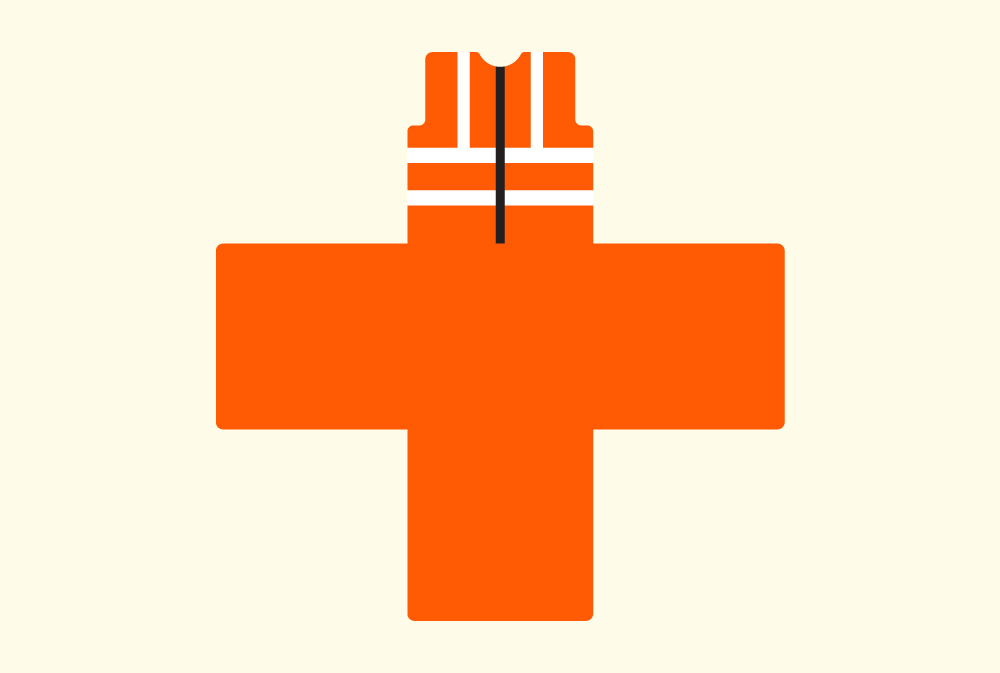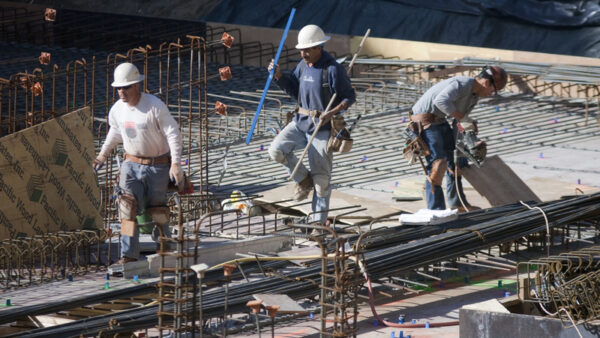
Construction firms should not be scared of new digital technologies aimed at improving site safety but should embrace them as part of a safer future.
That’s according to Laing O’Rourke’s head of health and safety in Europe, George Mosey, who was speaking on the first day of the Global Construction Summit (22 February).
The Global Construction Summit is organised by the Chartered Institute of Building and Global Construction Review, in association with Glodon, PlanRadar and Trimble Viewpoint.
Mosey was joined by Steve Coppin, chair of the CIOB’s health, safety and wellbeing group, and Robert Norton, UK senior account, PlanRadar, to discuss driving safety performance improvements in construction.
Offering the main contractor’s perspective, Mosey highlighted a range of new technologies Laing O’Rourke is adopting, including:
- Modern methods of construction and design for manufacture and assembly (DFMA), to reduce the amount of manual work required and create safer workspaces;
- Digital planning tools;
- The inclusion of design, construction and maintenance-of-use risks in a risk register in the digital model;
- Digital re-enactments of incidents to share learning;
- Simulators for high-risk work such as the operation of heavy plant and machinery;
- Footage captured by operatives using GoPros to highlight risks for designers;
- Trials for augmented reality to allow operatives to ‘see’ buried services in real-time using headsets;
- Trials of remote-control load devices to eliminate tag lines during lifts to keep workers safer;
- And the use of LEDs for emergency escape signalling and risk awareness zones around large machinery.
Mosey said it was increasingly important that construction workers are digitally literate, as new technologies are introduced.
He said: “Large numbers of people in the industry still don’t know how to use the tools and that is not their fault – it is the industry’s collective failure. Not long from now, everyone will need to be a digital native and will need to be able to use the digital model to a degree at least. All of the 20-year-olds that are coming out of university or schools now can do this and they really enjoy it. I would just ask everyone else to have some fun with it and not to be scared of it.”
He added: “From a Laing O’Rourke perspective, we are at our worst when we are not using the digital tools that we have at our disposal. We do enjoy the ability to identify and thereafter mitigate risk. Building once digitally and then the second time physically, it has become a bit of an old adage, but it is so true. When we are trying to communicate our work plans to the external stakeholders, the operatives involved, or any other third parties that might be interested, we just have a better experience when we have got the tools.”
Guidance for clients
Meanwhile, Steve Coppin introduced new draft guidance for clients on how to integrate health and safety within the Project Information Requirements. He presented a client’s maturity matrix for improving the management of health and safety information, as they transition from PAS 1192-6:2018 to ISO 19650-6.
The guidance document aims to help clients to know what is expected of them and where to get assistance to manage information correctly to reduce risks, deliver the desired outcome to meet their needs and those of their organisation and assets, as well as comply with the law.
Coppin said: “We want to help clients and their project teams to utilise digital to land and embed health and safety within their projects for their assets and our industry.“
The UK BIM Framework will host the draft guidance and I is currently available in draft form to anyone who wants to look at it from Steve Coppin.
The Golden Thread
Finally, Robert Norton presented Plan Radar’s end-to-end solution, which provides on central source of information on a construction project through the design phases.
The platform allows construction and real estate teams to collaborate and connect across a range of different devices, creating tickets using mobile devices on site with photos, text and voice memos, which can be assigned directly to the responsible person. Norton said: “No matter what the legislation regime for improving site safety for clients and contractors alike, the understanding and development for capturing information and the deployment of technology is key moving forward.”
And he added that the platform could play an important role in helping the government in its ambition for projects to curate a “golden thread” of information. With the Building Safety Bill continuing to progress through Parliament, Norton said: “We are waiting for more and more information to come through on the golden thread and exactly what legislation is going to be put into place and what needs to be captured. The PlanRadar platform has the features and capabilities to capture information in an easy format that anyone can start picking up and using from start to finish.”
He added: “When it comes to things like fire inspections, we have ‘stop and no-go’s’ in the platform so that people can’t continue to the next level until that initial quality assurance has happened and been captured.”
- If you missed the webinar, you can register to watch it on demand.






